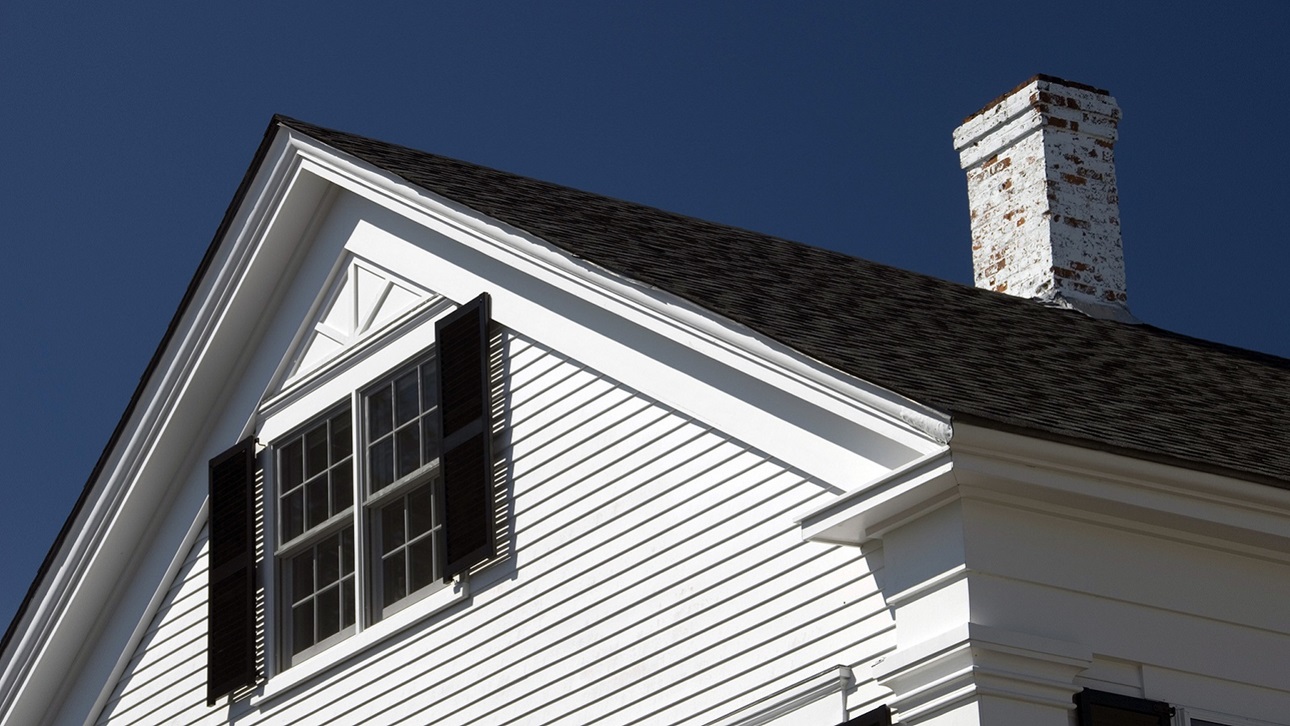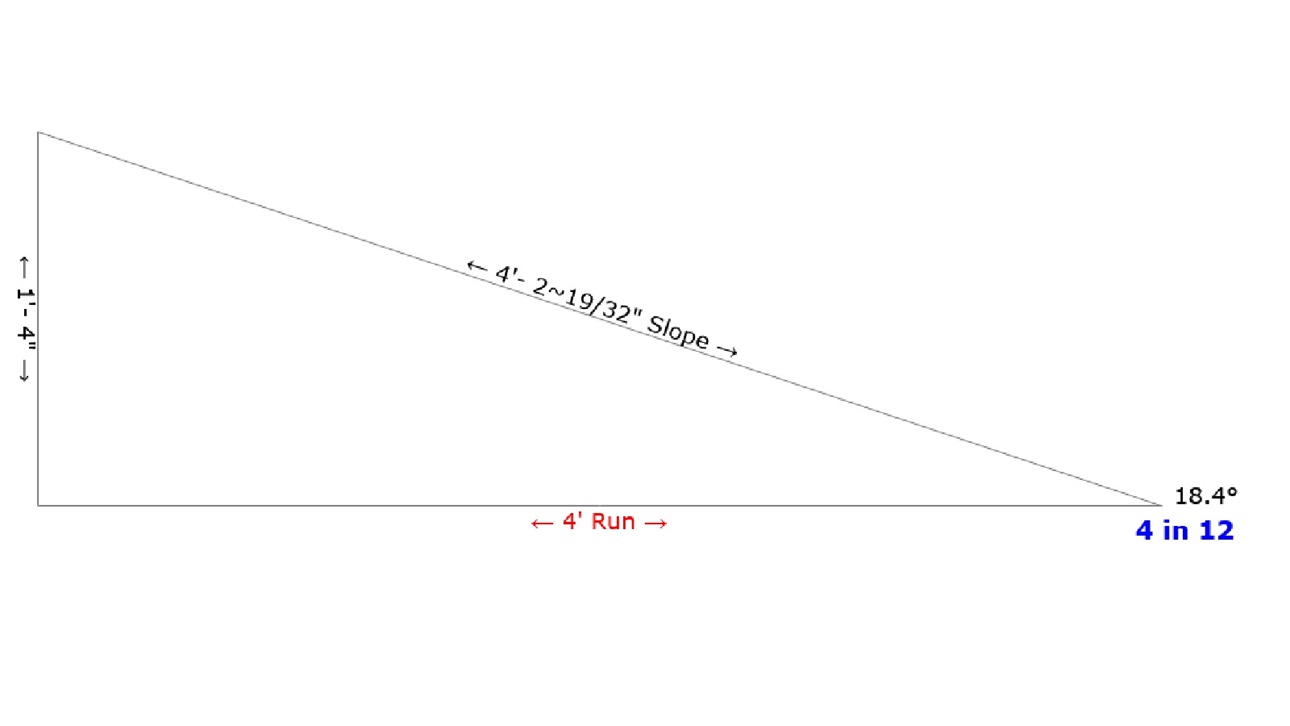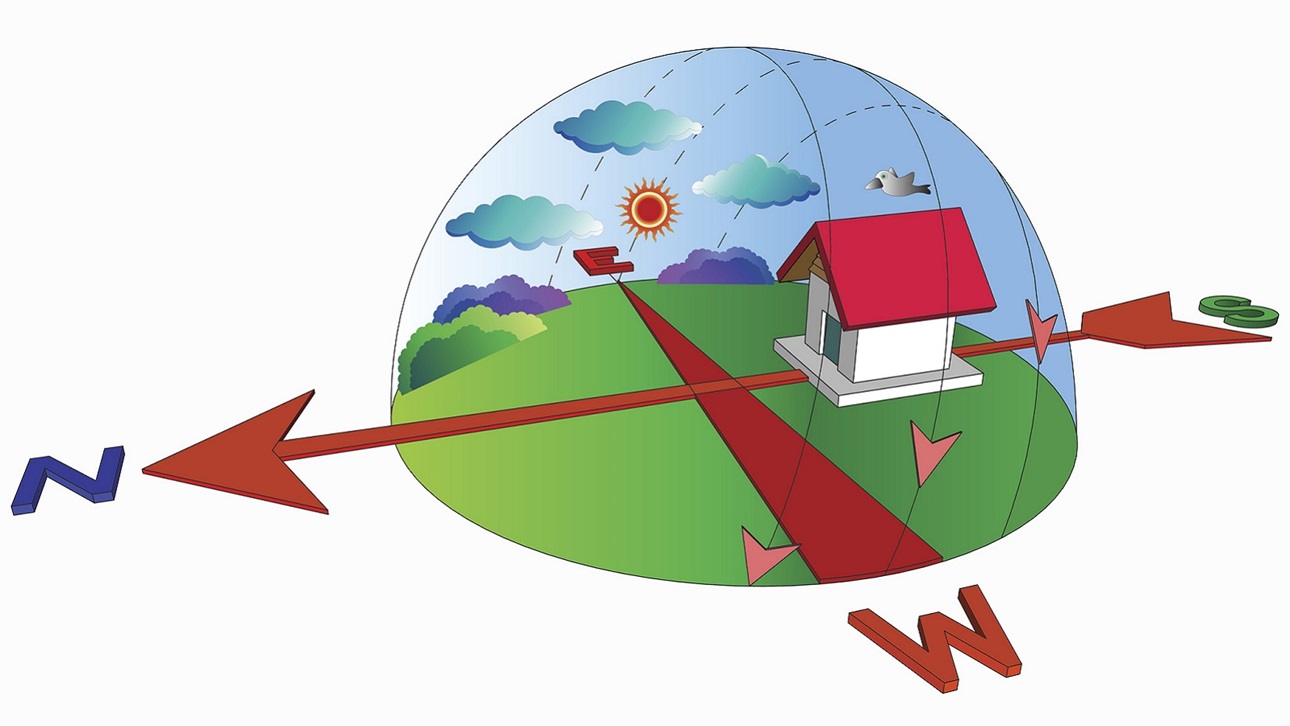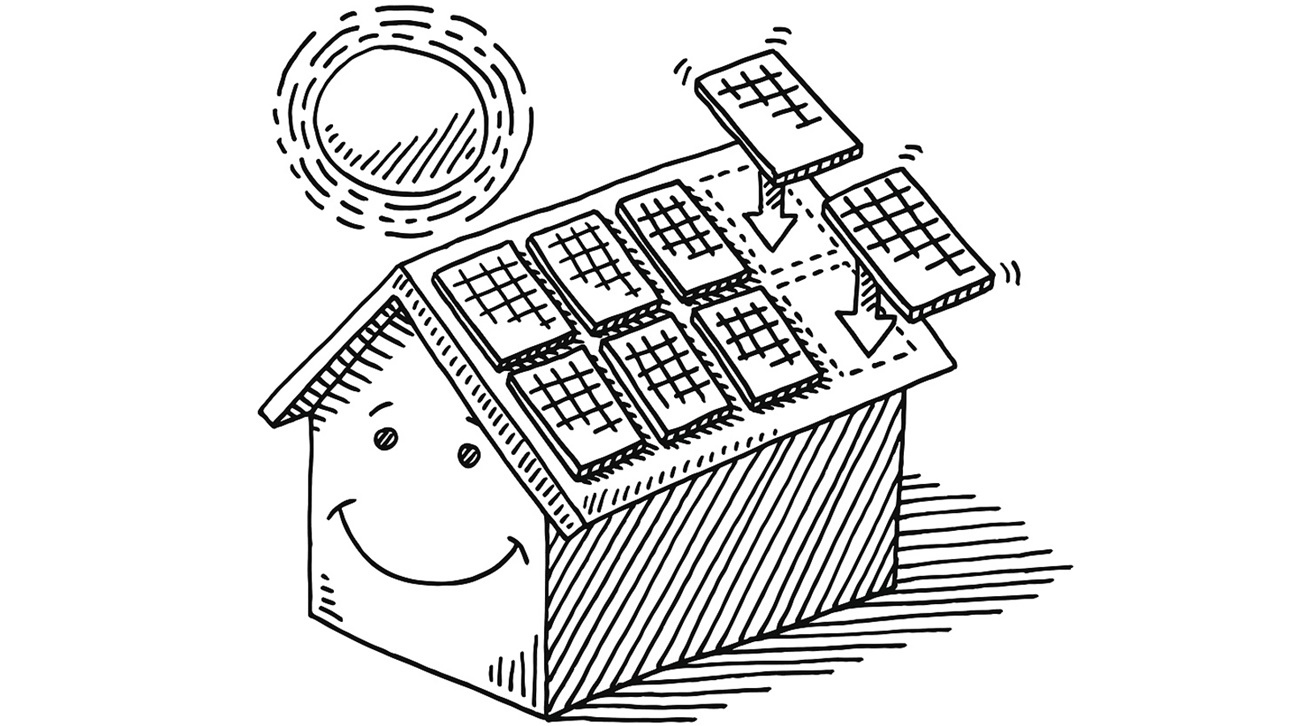Design Considerations

Roof Slope
A simple, cost-effective method for attaching solar panels to the roof can involve mounting them with racking on the same plane as the roof’s angle (this can avoid wind-loading issues and expensive racking configurations). As a rule of thumb, an ideal roof slope for a solar array equates to the project location’s latitude or within ten degrees less of what the site’s latitude is. For instance, Boston, MA has a latitude of about 43 degrees, so optimal roof slopes for a future solar PV system would range from 33 to 43 degrees (or approximately 4-5 in 12 roof pitch).

Orientation
To maximize solar production in the northern hemisphere, the optimal roof should face South. Depending on the lot, due South might not be possible. Southeast and Southwest orientations can still work, and if there’s enough sun exposure on the roof, East- and West-facing roofs can also produce plenty of electricity. In addition, a flat roof can increase flexibility and allow the contractor to install an array at any desired orientation.

Shading
Designing the roof to be away from as many potential obstructions as possible can help optimize the system’s efficiency – avoid vent pipes, skylights, chimneys and dormers on the roof where future solar PV might be. Consider clustering roof equipment on the North-facing roof. This way, solar installers can avoid costs associated with re-locating vents and other features in the future.
Also, a roof with fewer hips and valleys to maximize a more rectangular and useable area will allow for a simpler, more integrated PV installation (as the aesthetic can be an important factor for potential solar customers). In addition to avoiding roof obstructions, the builder can consider the surrounding buildings/structures and mature trees to account for potential shading.

Roofing Materials
Consider using roof materials that allow for at least a 25-year roof warranty to better align with the solar system’s anticipated life.
Local Ordinances
When allocating space on the desired roof for a future PV system, coordinate with the municipality to adjust the roof design to allow for ridge setbacks or space requirements that fire fighters need to access the roof.



